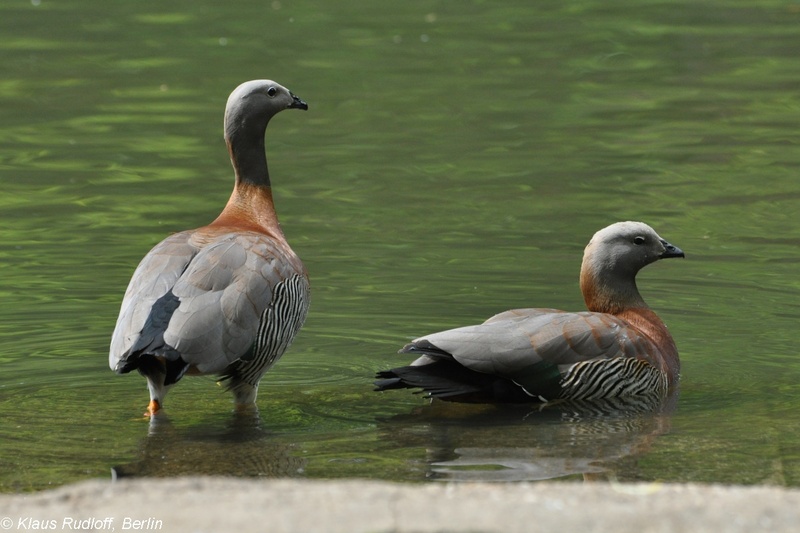|
| Query: Goose | Result: 1021st of 1263 | |
Ashy-headed Goose - Chloephaga poliocephala
| Subject: | Ashy-headed Goose - Chloephaga poliocephala
| | Poster: | Klaus Rudloff (kdrudloff@t-online.de)
| |

| Resolution: 1200x799
File Size: 246291 Bytes
Upload Date: 2011:11:10 17:12:28
|
|
|